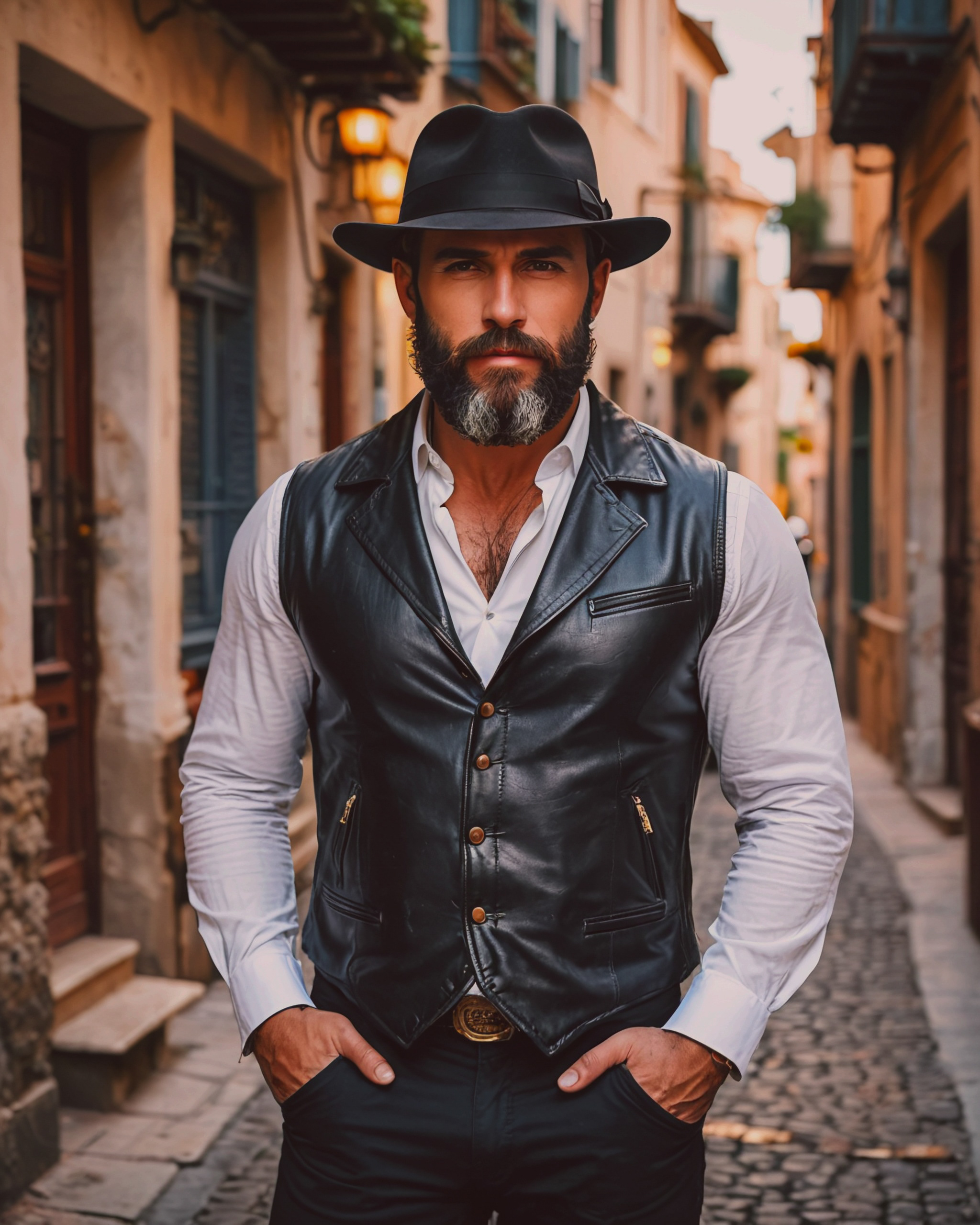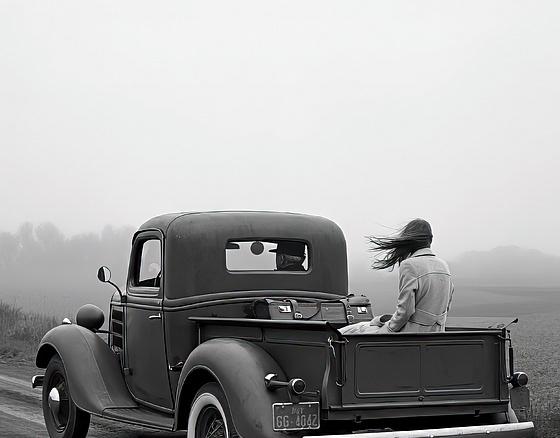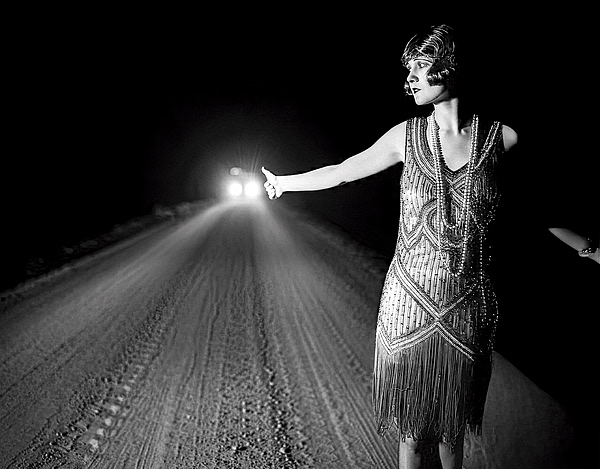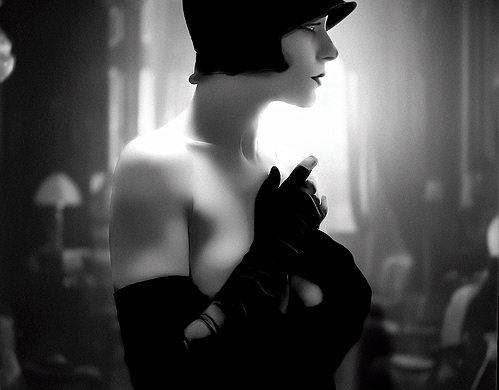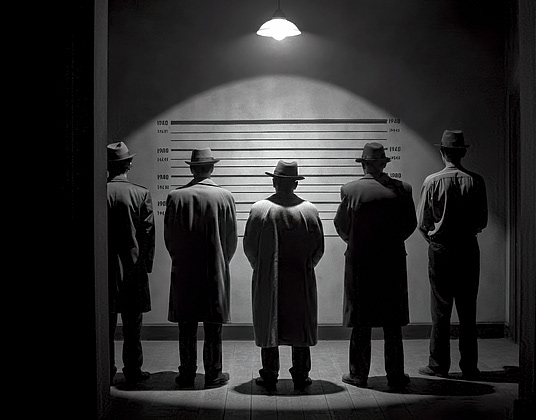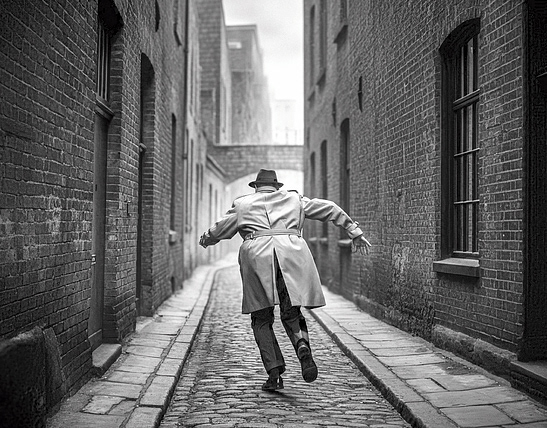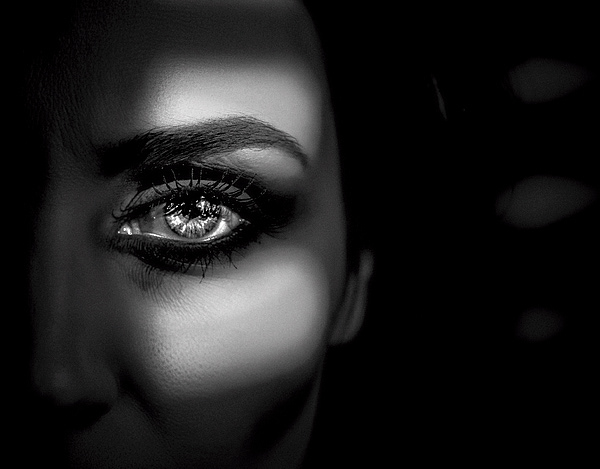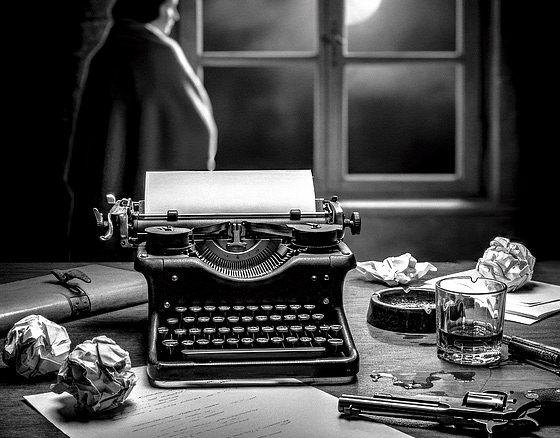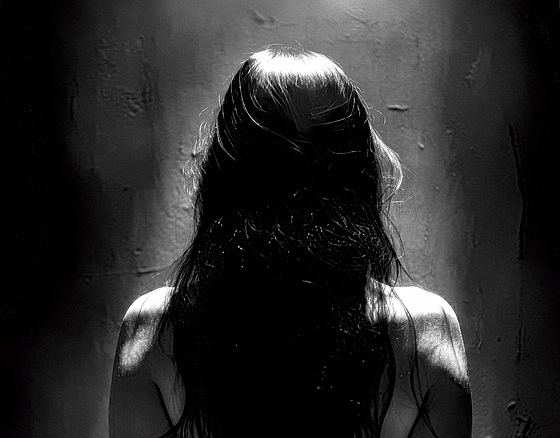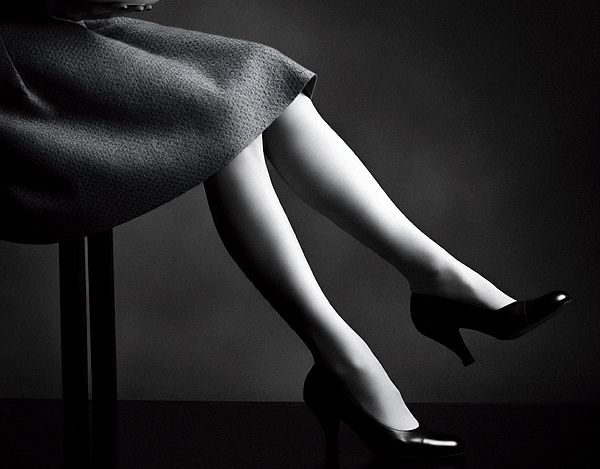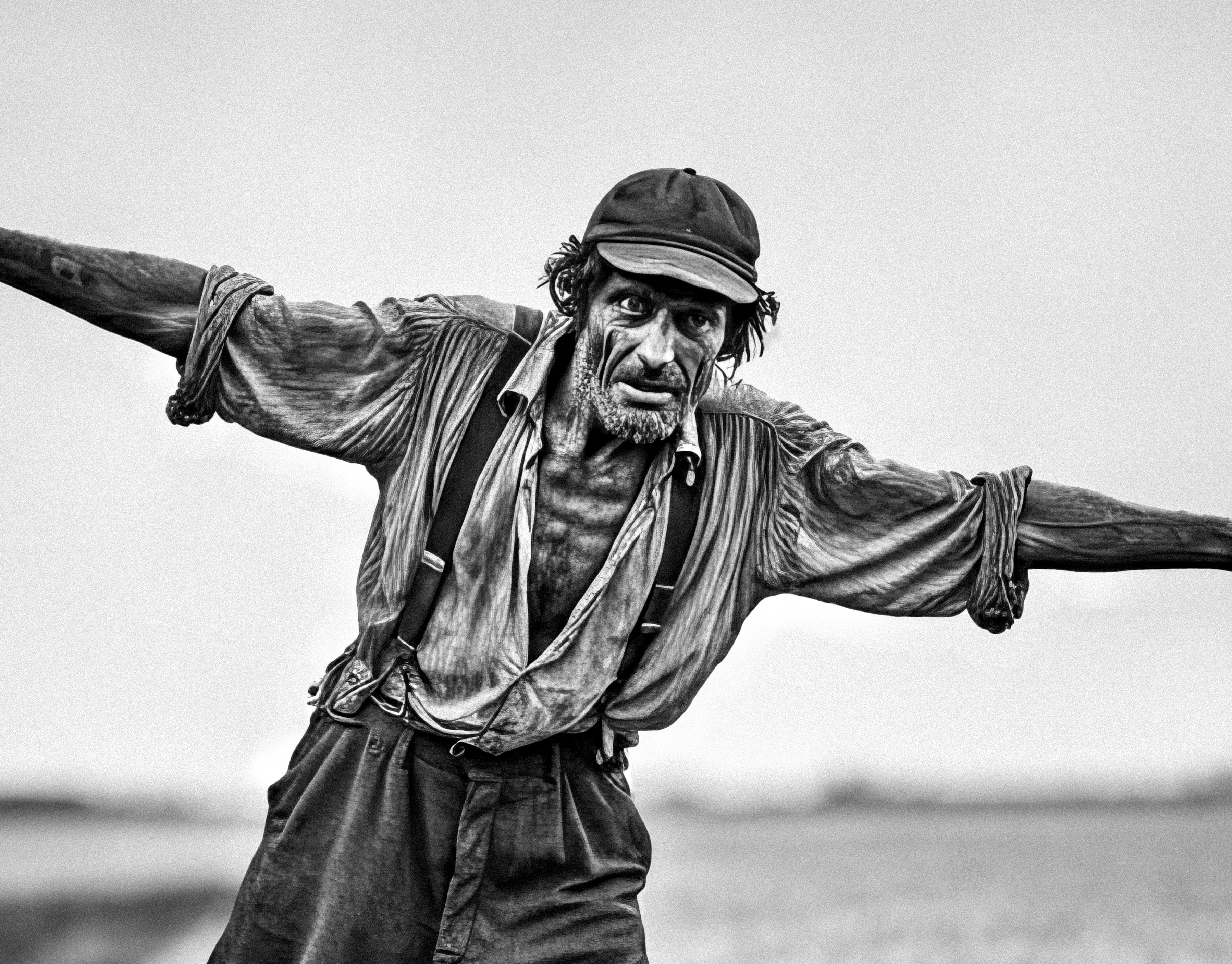Bob Orsillo's black and white noir portrait of a lady with a revolver is a striking example of the noir genre, capturing the essence of mystery, tension, and drama. The photograph features a lady holding a revolver, with her face blurred to focus attention on the revolver and the overall composition. The revolver is prominently displayed, held close to the lady's head, with intricate details visible on the firearm. The lady has wavy, shoulder-length hair, styled in a classic manner that complements the noir aesthetic. The background is dark, enhancing the dramatic and mysterious atmosphere of the portrait. The lighting is carefully controlled, highlighting the metallic sheen of the revolver and the texture of the lady's hair.
This image is interesting and relevant for several reasons. Firstly, it captures the essence of the noir genre, characterized by its use of shadow and light to create a sense of mystery and tension. The blurred face adds an element of anonymity and intrigue, inviting viewers to imagine the story behind the portrait. The revolver, a symbol of danger and power, contrasts with the elegance of the lady's appearance, creating a juxtaposition that is both captivating and thought-provoking. Bob Orsillo's skillful use of composition, lighting, and subject matter makes this portrait a striking example of noir photography.
The noir genre, which originated in the 1940s and 1950s, is known for its dark, moody, and often cynical portrayal of the world. It is characterized by its use of high-contrast lighting, deep shadows, and a sense of moral ambiguity. The genre often features themes of crime, corruption, and betrayal, with characters who are flawed and complex. Bob Orsillo's portrait captures these elements perfectly, with its dramatic lighting, dark background, and the lady's serious and resolved expression.
The use of black and white in this portrait adds to the overall impact of the image. Black and white photography has a timeless quality that can evoke a sense of nostalgia and elegance. It allows the viewer to focus on the composition, lighting, and textures without the distraction of color. In this portrait, the black and white tones enhance the contrast between the lady's hair, the revolver, and the dark background, creating a visually striking image.
Bob Orsillo's portrait also pays homage to the classic film noir aesthetic. Film noir, a genre of cinema that emerged in the 1940s, is known for its dark, moody visuals and themes of crime and moral ambiguity. The use of dramatic lighting, deep shadows, and a sense of tension in this portrait is reminiscent of the visual style of classic film noir. The lady's retro hairstyle and serious expression further enhance the connection to this cinematic genre.
In conclusion, Bob Orsillo's black and white noir portrait of a lady with a revolver is a powerful and evocative image that captures the essence of the noir genre. The use of dramatic lighting, deep shadows, and a sense of mystery and tension make this portrait a striking example of noir photography. The contrast between the lady's elegance and the danger symbolized by the revolver creates a captivating and thought-provoking image that invites viewers to imagine the story behind the portrait. Bob Orsillo's skillful use of composition, lighting, and subject matter makes this portrait a timeless and memorable piece of art.
